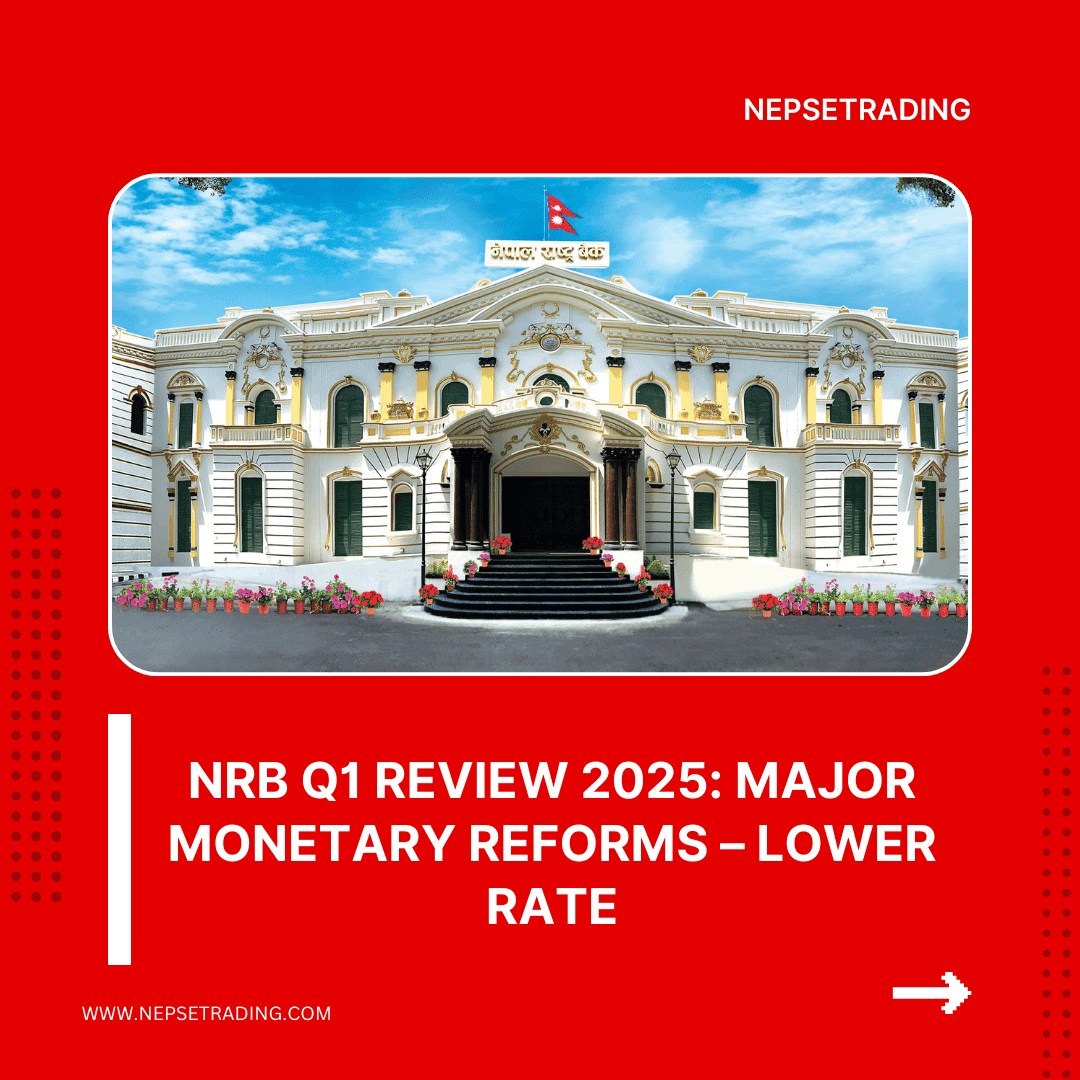By Sandeep Chaudhary
How Central Bank Data Influences NEPSE’s Fundamental Direction

The Nepal Rastra Bank (NRB), as the central bank of Nepal, plays a critical role in shaping the fundamental direction of the Nepal Stock Exchange (NEPSE). Every major move in liquidity, credit flow, interest rates, and money supply is directly or indirectly influenced by the central bank’s policies and data. Professional analysts and institutional investors continuously monitor NRB’s statistics — such as deposit growth, lending trends, CD ratio, interbank rate, remittance inflow, inflation, and foreign exchange reserves — to gauge the underlying strength or weakness of the market.
When the NRB reports rising liquidity and deposit growth, it usually signals that banks have surplus funds available for lending and investment. This environment lowers borrowing costs and encourages investors to move their capital from low-yield savings into higher-return assets like equities. As a result, NEPSE often experiences a bullish trendduring high liquidity periods. Conversely, when the NRB tightens money supply or raises policy rates, credit becomes expensive, and liquidity contracts, causing bearish pressure on the market.
Another major indicator is the Credit-to-Deposit (CD) Ratio, which measures how much of total deposits have been lent out. A CD ratio below 80% indicates comfortable liquidity, while a level above 90% signals tight credit conditions. High CD ratios often lead to reduced margin lending and low market turnover, as brokers and investors face cash constraints.
Interest rate data, particularly the interbank rate and base rate, also provides a direct view of the cost of capital. Rising interbank rates typically precede a slowdown in NEPSE, as it becomes harder for traders and institutions to finance new positions. Similarly, falling interbank rates and policy easing (through repo or reverse repo operations) can rejuvenate investment appetite.
NRB’s monetary policy reports and monthly banking indicators also reveal vital information about remittance inflows, inflation trends, and foreign reserves. High remittance inflows boost liquidity and bank deposits, indirectly supporting stock market investment. Conversely, high inflation or falling reserves create uncertainty and weaken investor confidence.
Thus, NEPSE’s overall fundamental direction — whether bullish or bearish — is deeply tied to central bank data. Informed investors who interpret NRB’s data correctly can anticipate market shifts weeks before they appear on price charts.
According to Sandeep Kumar Chaudhary, Nepal’s top Technical and Fundamental Analyst and founder of the NepseTrading Training Institute, “The NEPSE doesn’t move randomly — it moves with NRB data. Every change in liquidity, interest rate, or credit flow eventually reflects on the charts. Smart traders always read the NRB before reading NEPSE.” With 15+ years of banking experience and 10,000+ trained investors, he emphasizes that studying central bank data is the key to mastering both macro fundamentals and market timing.









